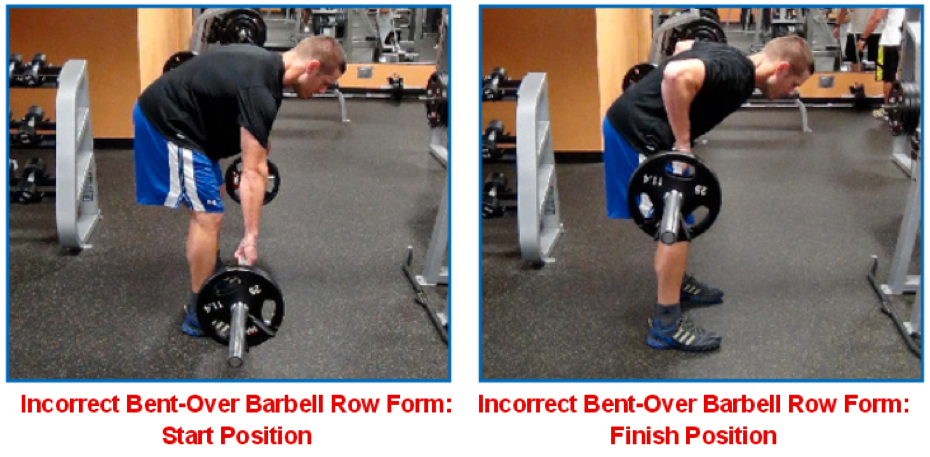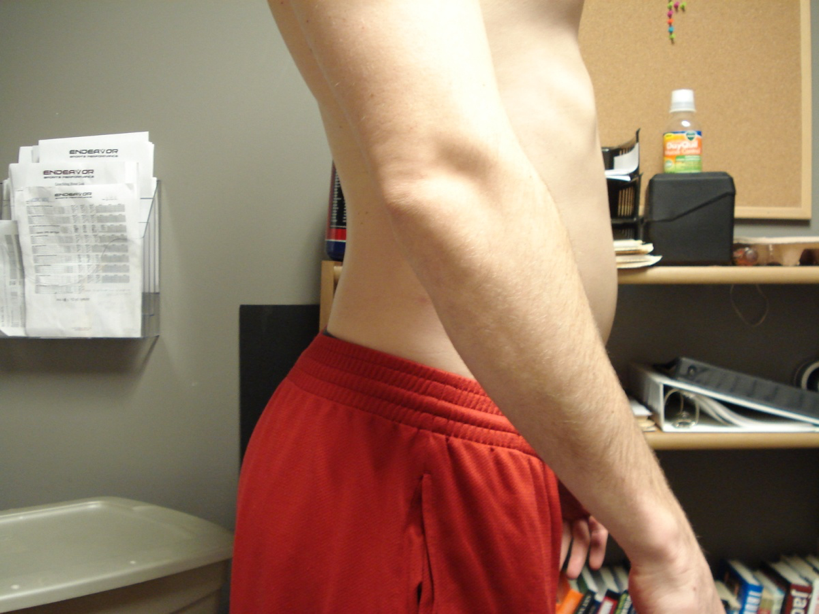6 SIMPLE RULES WHEN RETURNING TO TRAINING FROM LOW BACK PAIN

We’ve all been there (and when I say we, I literally mean WE). So what am I talking about? I’m talking about experiencing back pain. Whether be it from working out or just reaching over to put on your socks, it’s gotten the best of us.
So the big question is what do you when returning back to the gym to assure you don’t have any setbacks? My man Ross McCall (who’s a sports therapist and strength coach) gives us 6 simple rules that can be applied today.
So, you’ve been dealing with some back pain lately and you’ve been given the green light to resume back into the gym and start lifting weights again.
During this stage it’s essential that we proceed with caution. So, I wanted to cover some simple and practical rules that you can easily implement when returning to the gym after a low back injury.
- Intensity vs Volume.
When it comes to strength training: “volume” refers to how many repetitions or sets you have performed, may that be over the session or over the training week. “intensity” indicates how hard you’re working, how much weight you have on the bar and how much force you’re using, which can also be expressed as a relative percentage of your maximum capability.
The gold standard advice when returning to exercise after injury is usually to easy yourself back into training. One way to do this is by gradually exposing yourself to one of these variables at one time, not both.
- Pain Scale
When you get the green light to return to exercise from back pain, be cautious that your back pain might not be completely gone and it might still be lingering. Thus, we can use the Pain Scale as part of a pain management plan.
Between 0 and 10: 0 being nothing at all, completely pain free and 10 being the worst ever. Be the best judge of yourself and try to never go above at the most 4 out of 10 when exercising.
- Keep The Spine Vertical
Resistance training is an excellent way to strengthen the back and help the healing process; however it would probably be best to avoid hip hinge type exercises to minimize further shear forces and low back stress. Temporally though at least until you re-master the hip hinge movement pattern.
- Low Bar Back Squat
- Deadlift
- Bent Over Barbell Row
- Good Mornings
- Kettlebell Swings
This isn’t an exhaustive list; but its few exercises within the hip hinge category. It’s this particular movement pattern where most people are going to flex and hinge from the low back.

It would be far more worthwhile for you right now to try and stay more vertical/upright with loaded movements – until you earn the right to program the hip hinge dominate movements back into your routine.
Goblet Squats
Kettlebell Deadlift on Blocks
Landmine Reverse Lunges
Etc.
- Be Creative With Load Placement
Placing a barbell on your shoulders isn’t the only way to lift weights and get stronger.
It can sometimes also be the most problematic way to train if you have lower back pain or are recovering from it. We could say one reason for this is because of the direct compression placed on the spine.
As a result, this means we just need to think outside the box.
It’s always a kind of experiment; continue to trial and error to see how other forms of loading what works best for you.
We have tons of options available from dumbbells, kettlebells, sandbags, sleds, weight vests, and landmine variations. Alongside that we also have tons of unilateral variations for lower body lifts too.
Simply experiment with different positions and see which causes you the least irritation. Once you find what works, then progressively get stronger at it and become more robust.
For the lower body, a few of my favorite exercises are:
- Belt squats.
- Single arm Kettlebell front squat.
- Single-Leg Skater Squats with Counterbalance
- Reverse Lunges using the Landmine.
- Close Stance Trap Bar with or without blocks
- Landmine Goblet Squat
5. Train your core First
It seems that the acceptable standard for training is some half hearted core to finish off your workout.
The average gym goer isn’t trying to compete in their local Olympic lifting competition or break any records just yet, so don’t worry about pre-fatiguing your core muscles before your workout.
A lot of back pain cases deal with instability in the spine combined with poor movement.
Thus, you want to be stable and primed for action, knowing your lower back is protected while you exercise.
Start each training session off with some basic core stiffening exercises.
Below are few of my staple exercises:
- 1 Arm Farmers Carry
- Deadbugs
- Anti-Rotation Pallof Press
- Stir The Pots
- Bird Dogs
- Diaphragmatic Breathing Drills (90/90 Breathing)
- Crawling Drills (Bear Crawls)
Here’s one of my own.
Using a standard 41inch woody band, placed around the power rack safety rails. Lay supine (on your back) and brace the hell out of that TVA, abdominal wall to drive the band into the floor.
- Own The Rib Position
Rib Flare or Flared ribs is one of the many problems that can affect posture / position and cause extension-based back issue.

It’s something that’s observed more with gross extension dominant posture. Lifting the chest and subsequently raising the rib cage, using the mid back junction as a hinge for movement.
It’s hugely common with overhead movements. Like military presses (where a barbell is lifted overhead).
The lifter doesn’t have adequate shoulder flexion mobility and therefore will over-extend in the mid back to make the lift work.
My top tip for you when getting back into training after low back pain is to own your rib position and minimize irritation.
Pretend you have an imaginary line between the nipple line and belly button. Ensure to brace the core and make sure that imaginary line doesn’t change length (I.e. get longer).
Now own that rib position throughout your main movements, such as rowing, pressing, squatting and hinge movements.
- Ross McCall
Recovery+ recovery-plus.co.uk
Low Back Pain Program
Strength & Conditioning Coach
